Add your promotional text...
The Prospective Homebuyer’s Checklist for Older Properties
This guide covers the crucial inspections and considerations to ensure your potential new home is both charming and structurally sound.
Valeria Collins-Jones
4/18/20243 min read
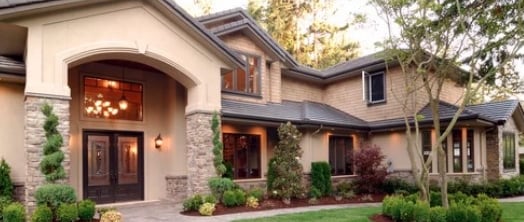

Introduction
Buying an older home can be a delightful dive into architectural history, featuring unique designs and charming quirks not found in newer constructions. However, these properties often come with their own set of challenges that require careful consideration before making a purchase. This checklist will guide you through the essential aspects to inspect and consider, ensuring that your dream home doesn’t turn into a costly nightmare.
1. Leaky Windows
Older windows not only lead to heat loss but can also contribute to water ingress, which may cause mold and structural damage. Check the seals around windows and look for any signs of condensation or drafts.
2. Inadequate Plumbing
Older homes often have outdated plumbing systems that might not only be inefficient but can also pose significant risks of leaks or bursts. Check for any discoloration in water, low water pressure, and listen for rattling pipes. These could be indicators of a deteriorating plumbing system that needs replacement or repair.
3. Outdated Heating and Cooling Systems
Outdated heating and cooling systems can be inefficient and costly to replace. Ensure that the existing system is in good working order, and consider the costs of potential upgrades or replacements.
4. Deteriorating Roof
The condition of the roof is paramount in older homes. Look for missing tiles, signs of sagging, or water damage in the attic. A compromised roof structure can lead to water damage throughout the home.
5. Outdated Electrical Wiring
Electrical systems that haven’t been updated to current standards pose safety risks, such as fire hazards. Examine the fuse box, test the outlets, and ensure that the home can support modern appliances without overloading the system.
6. Lead-Based Paint
Homes built before 1978 may contain lead-based paint, which is a health hazard, especially if it begins to chip. Determine if lead paint is present and consider the necessary steps for its safe removal.
7. Asbestos
Similarly, asbestos materials were commonly used in older buildings and pose serious health risks. Identifying asbestos can be difficult, so it’s wise to consult with professionals who can perform safe testing and removal if necessary.
8. Foundation Issues
The foundation is critical to the integrity of any home. In older properties, look for signs of foundation settling such as cracks in walls or doors that won’t close properly. These symptoms can suggest serious structural issues that might require extensive repairs.
Conclusion
While older homes can offer distinct benefits, they also come with potential drawbacks that require thorough investigation. Don't go it alone—always consult with a knowledgeable real estate agent. Our team is skilled in assisting buyers of both new and existing homes, providing expert advice and support through every step of the purchase process. From initial inspections to negotiating repairs, we are here to help ensure that you make an informed and confident decision. Remember, an informed buyer is a smart buyer.
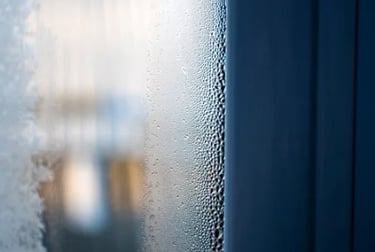

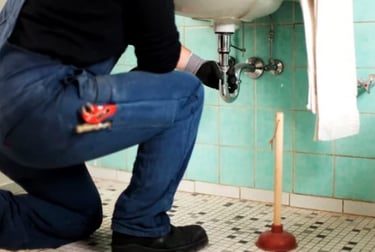

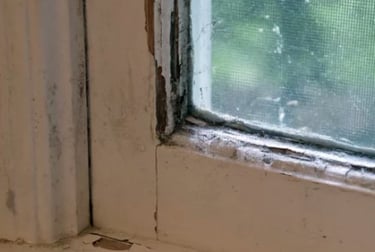

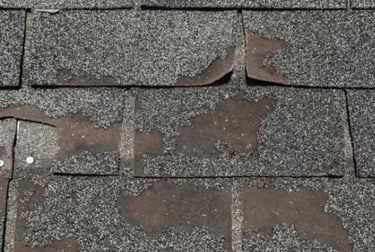



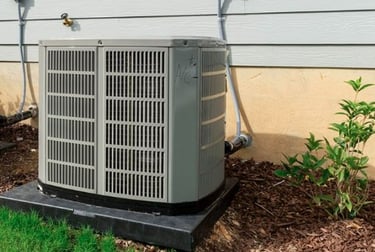

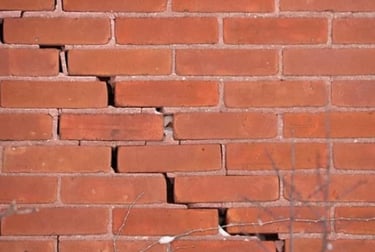

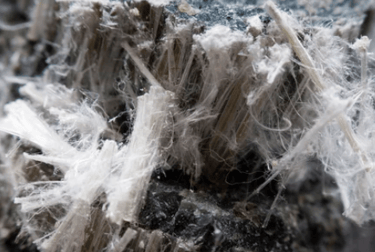

Follow
+1 254-624-1785
Call Us Today
valeriacollins67@gmail.com
Mortgage Calculator


Welcome HOME To Central Texas
©2024 All City Gold Team. All Rights Reserved.

